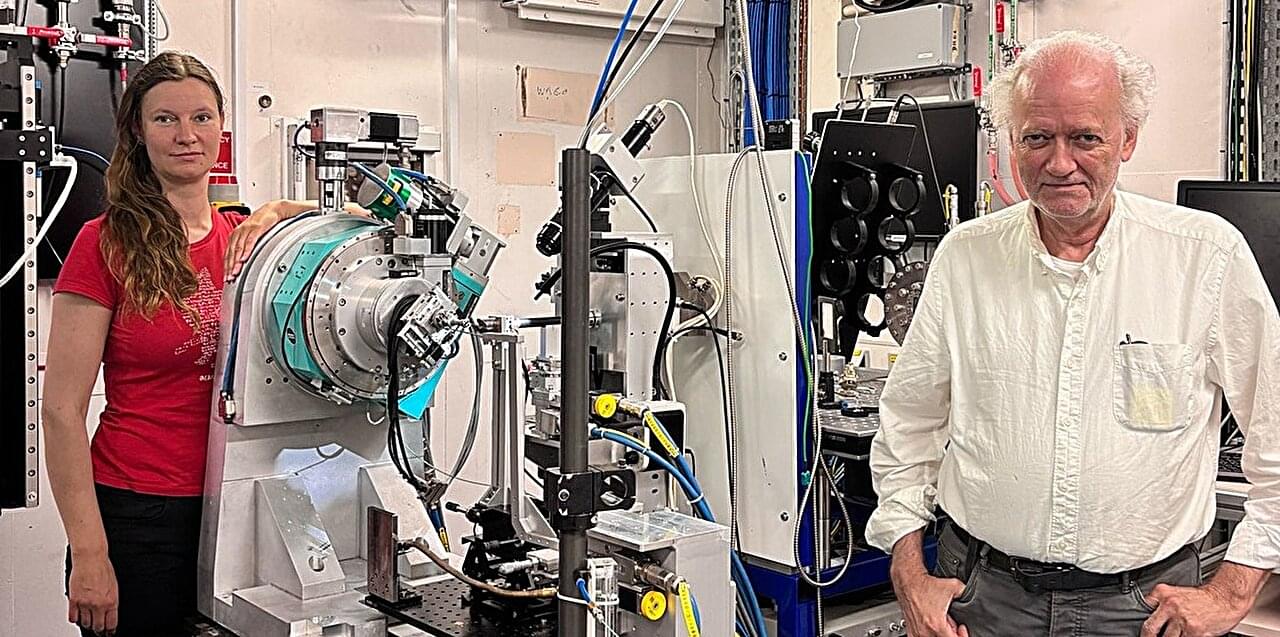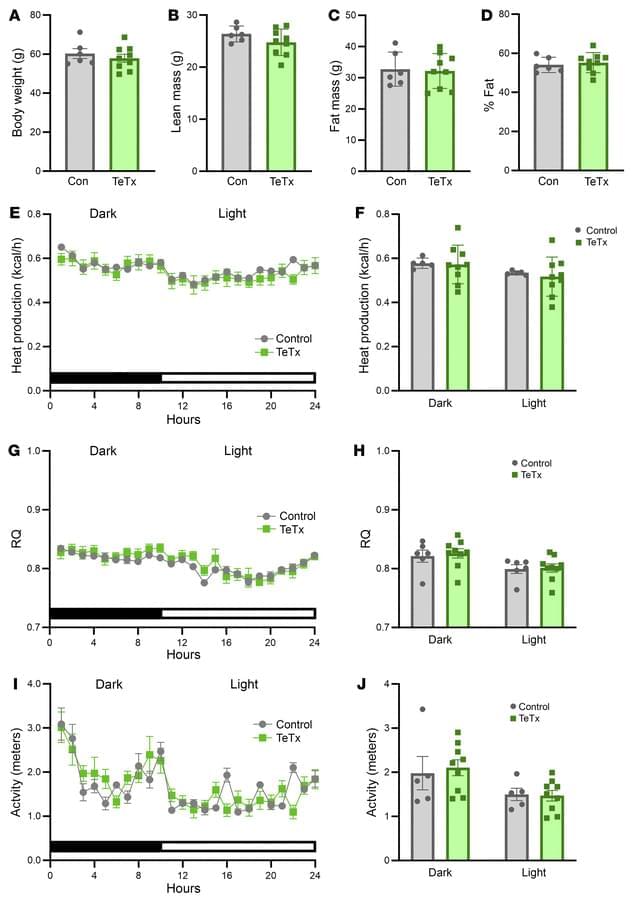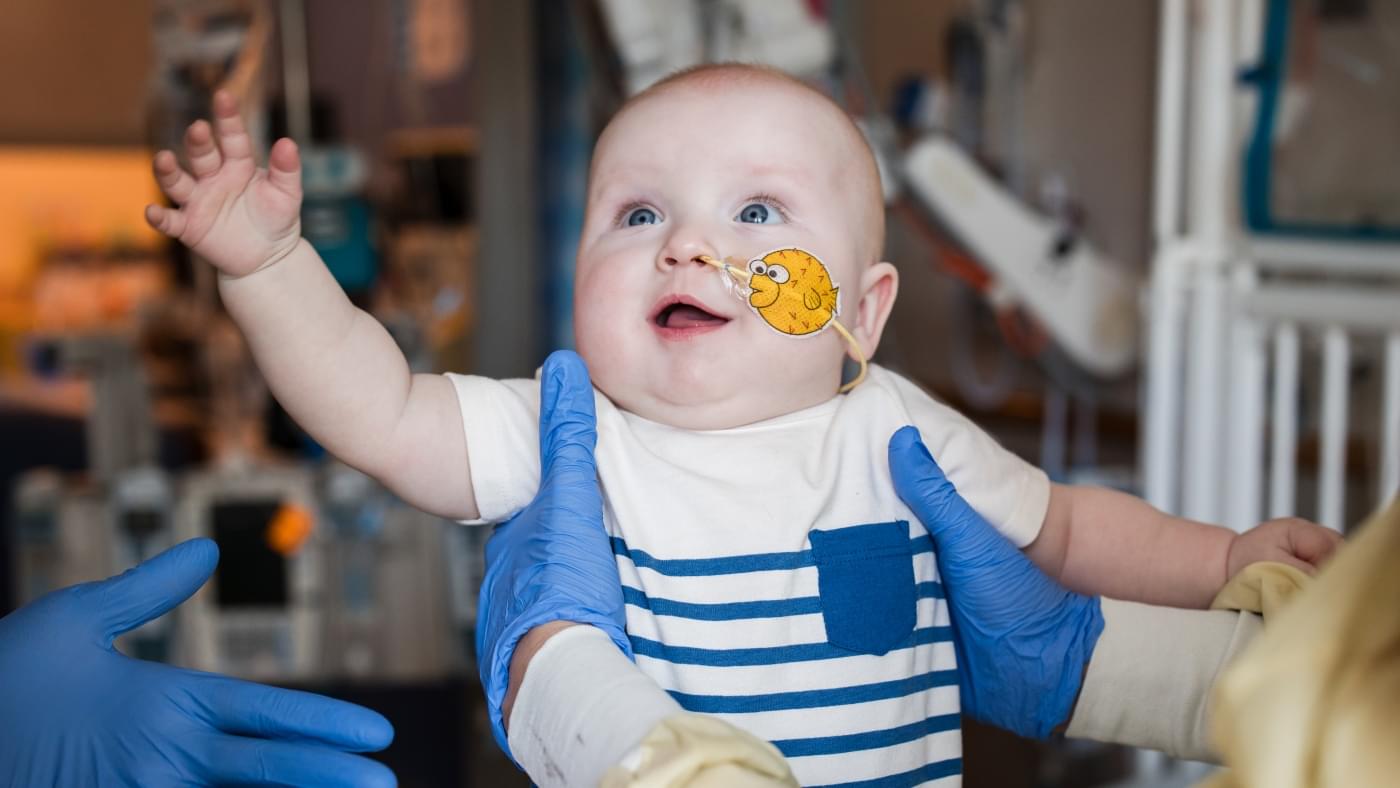Konstantin Vodopyanov, a professor at the College of Sciences and CREOL, the College of Optics and Photonics, recently co-authored a study published in the journal Optica. This research examines electro-optic sampling (EOS), a technique that advances fields such as quantum physics, molecular spectroscopy and biomedical sensing.
As a professor at the two colleges, Vodopyanov shows how working across different fields can lead to new ideas. The Optica Fellow’s research, which combines interdisciplinary work, is shaping the future of quantum physics and other areas of science.
His new study explores how EOS transmits ultrashort laser pulses through crystals that change in response to an applied electric field. This technique allows researchers to accurately capture the shape and timing of electric fields across a broad range of frequencies.









